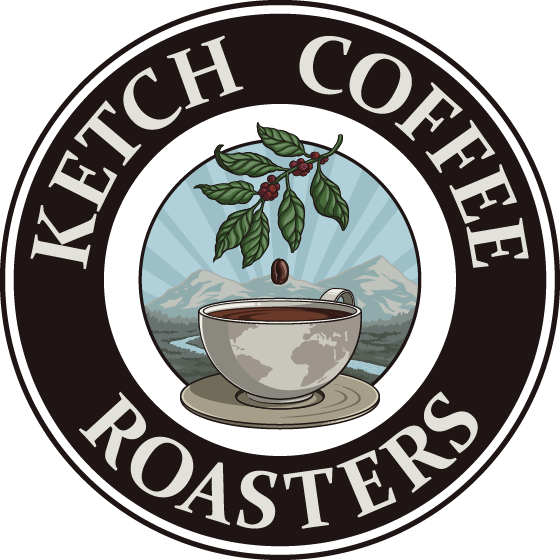Summary: When we and other chocolate makers refer to our chocolate products as “bean to bar” and “craft” we are making two claims. One is about the process. The other is about the quality of cacao being used. Simply put, we are stating that we transformed raw/unroasted high quality cacao seeds/beans into a finished chocolate product. For this post, we want to just focus on the “bean to bar” aspect of this concept and how this differs from other chocolate makers. We will put up another post on the meaning of “craft” chocolate.
What does “bean to bar” mean? Chocolate ultimately is derived from cacao seeds/beans, which grow inside cacao pods. Depending on where you are in the world cacao and cocoa are used interchangeably. [More on this in another post.] Cacao pods resemble gourd fruits and grow on trees roughly 20 degrees north and south of the equator. Think warmer tropical climates. Cacao farmers/producers harvest the cacao seeds [hereon just referred to as cacao], ferment them, and dry them to bring out and develop desirable flavor compounds.
Since we are small business, we purchase cacao from importers who buy directly from these farmers from various parts of the world. Once we have received the cacao, we sort the cacao to ensure we are only using the highest grade cacao that is free from defects. The cacao has to be roasted for chemical reactions to occur that develop the chocolate flavors we know. There is no one way to roast all cacao and lots of trial and error involved in figuring out the best way to roast it.
Cacao beans are surrounded by a husk and contain what is called the nib. To separate the husk and the nib, the roasted cacao has to be cracked and then winnowed. The nib then has to be refined by grinding in order to process it into chocolate as we know it in West.
Depending on the desired texture and flavor profile, this grinding process can take between 24-72 hours. We use equipment known as a melanger or wet stone mill for this. It is at this stage that we add cocoa butter and sugar.
The next production step is tempering. In the most simplistic terms, tempering is the process of using precise amounts of heat and cooling to cause the chocolate to harden in a form that is hard, snaps when broken, is shiny, and will retain these characteristics over a longer period of time if stored properly.
The next stage is pouring the chocolate into molds and allowing it to cool. Sounds easy we know, but it is at this stage that chocolate can easily come out of temper, “bloom,” and have to be melted and tempered again. Let’s just say chocolate is temperamental.
The final stage is unmolding, printing labels, and packaging. So in short, “bean to bar” means that raw cacao seeds were transformed into a finished chocolate product such as a chocolate bar. Put another way, the raw seeds were 1) sorted, 2) roasted, 3) cracked, 4) winnowed, 5) refined, 6) tempered, 7) molded, 8) unmolded, and 9) packaged to produce the chocolate product. Bean to bar chocolate is a labor and time intensive process, which is one of the reasons it is a more expensive product. It is an artisanal product in every sense of the word.
How do we differ from the majority of chocolate makers? Most chocolate makers purchase premade “couverture” chocolate from various major brands, which they melt down, temper, and use in various chocolate products and applications. Couverture chocolates simplifies the chocolate making process and eliminates the many steps involved in the bean to bar process. Many couverture (not all) use unethically sourced, low quality, low cost, commodity-grade cacao from various parts of the world, which is blended together and industrially produced so as to have a homogenized flavor. The goal is cheap chocolate with a uniform flavor and texture. This is completely opposite to the bean to bar craft chocolate movement. In our next post, we will discuss further the “craft” aspect of craft chocolate.
Bean to bar chocolate is not necessarily the same as craft chocolate. We should be clear and state that just because a chocolate maker is “bean to bar” does not mean they are necessarily a “craft” chocolate maker. All of the words industrial chocolate makers are bean to bar makers. They source shipping containers full of tons of cacao from all around the world, but they are not “craft” chocolate makers. In our next post, we will elaborate on the “craft” aspect of craft chocolate.

Pingback: WHAT IS “CRAFT” CHOCOLATE? – Ketch Coffee Roasters